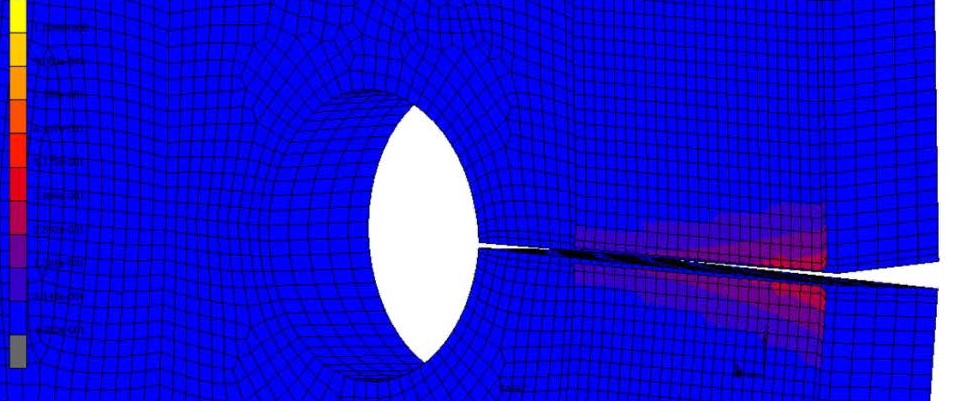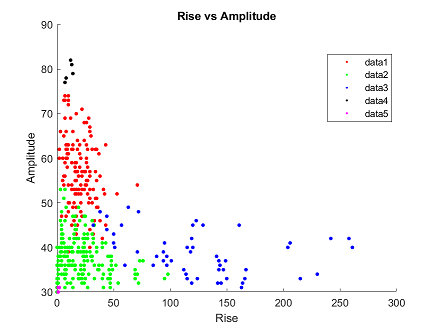Modeling - Computing Tools

Finite element analysis
The use of finite element codes allows for the comparison of experimental results with theoretical predictions and the development of new modeling tools. This activity is carried out within the laboratory to support experimental activities.
The laboratory has several licenses for commercial software that enable it to address most of the research topics.

Data processing
Data processing is an interdisciplinary field that focuses on collecting, storing, managing, analyzing, and interpreting data. It uses statistical, mathematical, computational, and visualization techniques to extract useful information and understand complex phenomena from a data set.
Several specific tools have been developed within our laboratory, particularly for the exploitation of acoustic emission or acousto-ultrasonics.

Computer-Aided Design
Computer-aided design (CAD) is particularly useful in our laboratory for the design of mechanical tests as it allows visualization of the machines in 3D, which can help identify critical points, optimize dimensions, and check interactions between each element. It also allows us to plan the workspace and optimize the use of the surface area.
CAD also enables us to simulate test conditions to determine the strength of materials. It is then possible to adjust virtual parameters to improve the reliability of testing machines, minimize errors, and reduce costs.